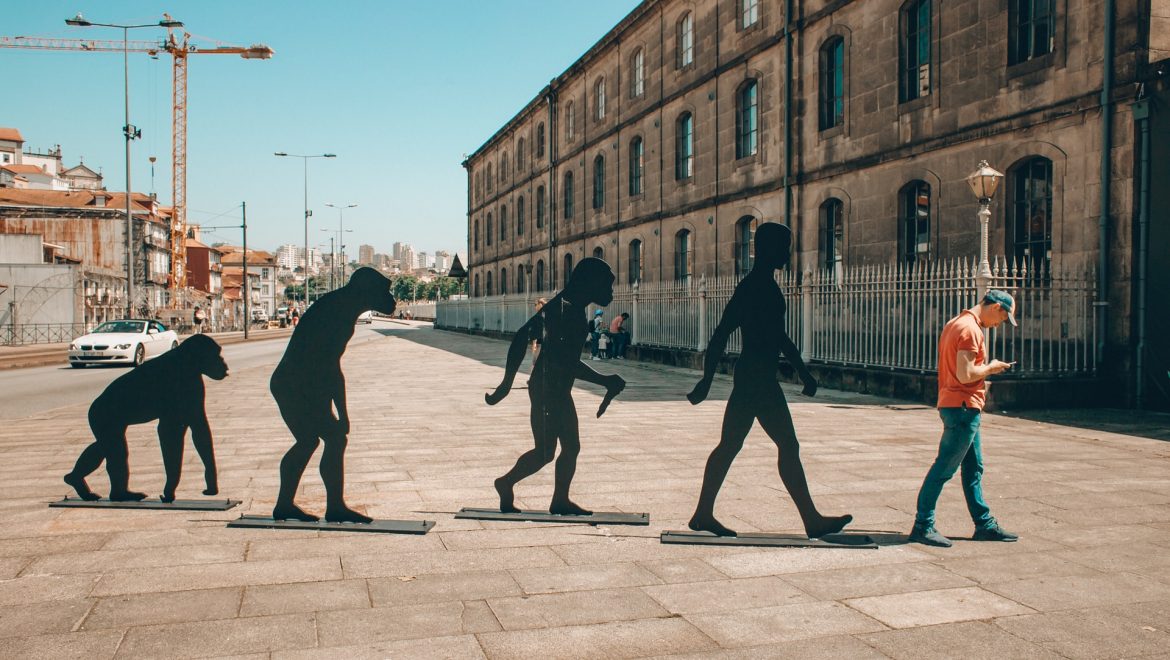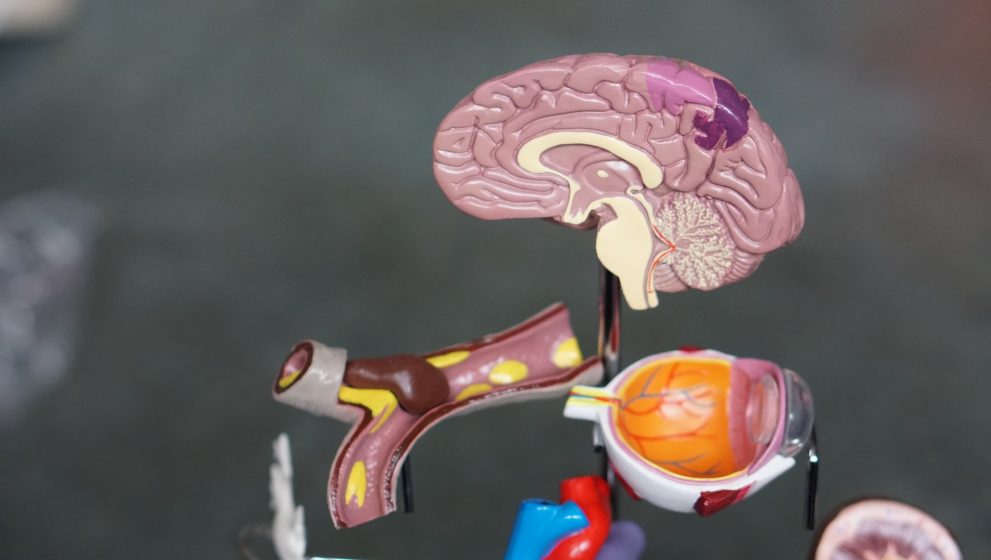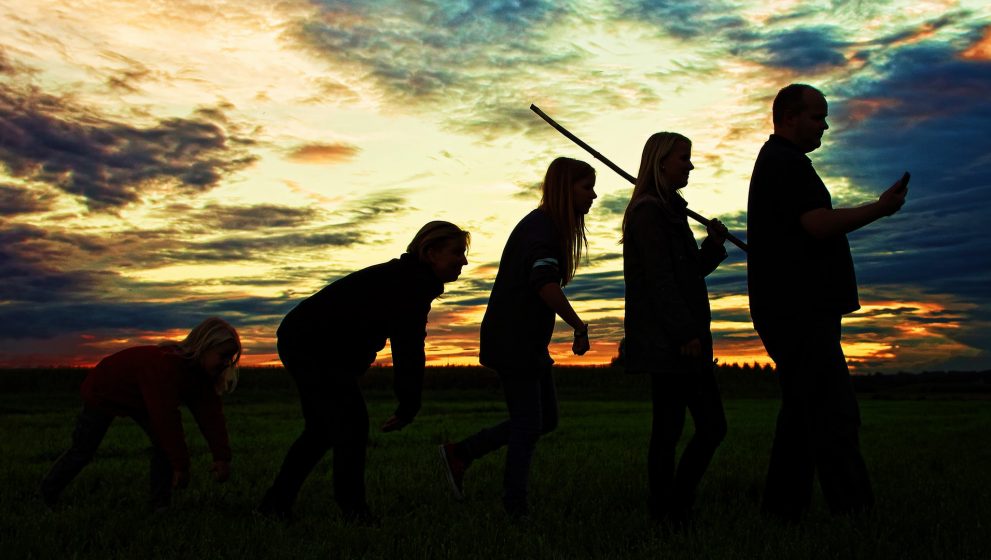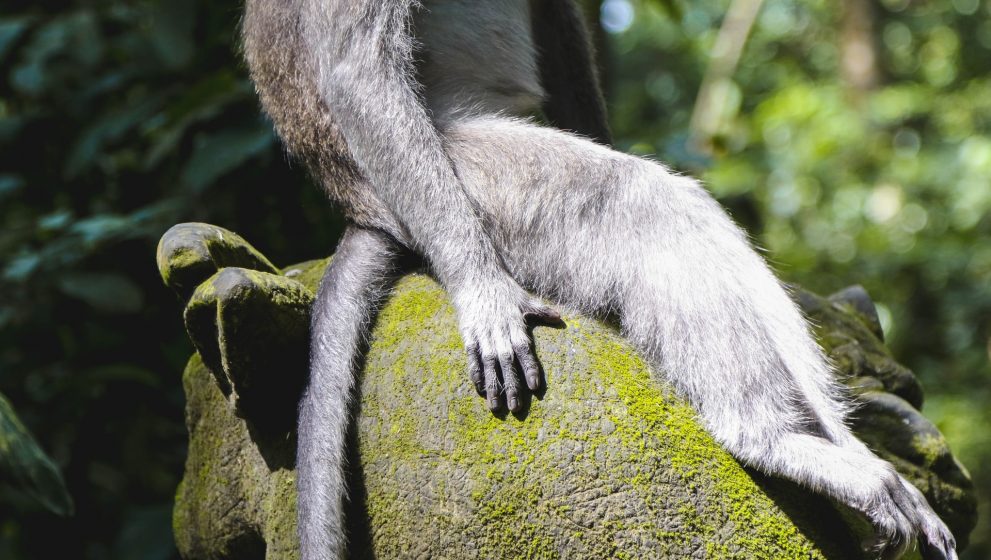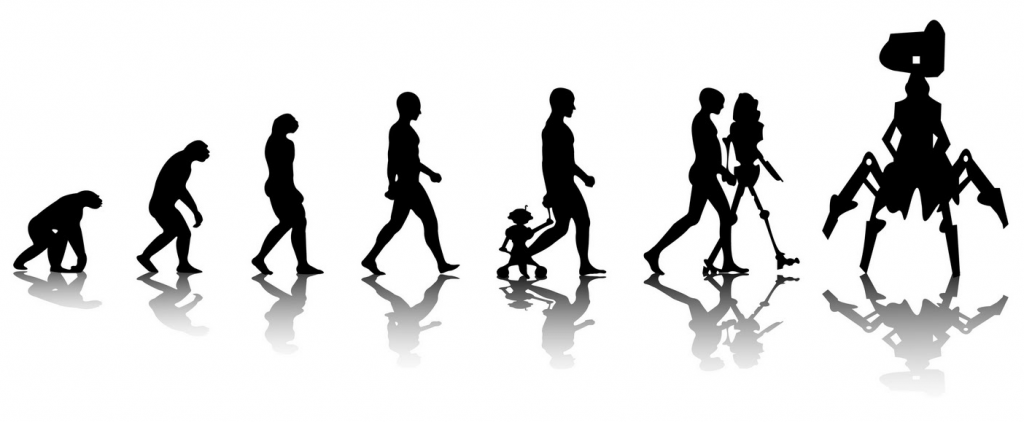Even an Ape Could Learn About Annuities
To prevent an equity index annuities crisis you first need to understand what an equity index annuity is. Equity index annuities are long-term investment/agreement that is issued by insurance companies and is designed in order to protect you from the risk of outliving your income/retirement. Through the process of annuitization your premiums (what you contribute) is then turned into periodic payments that can last for the rest of your entire life.
For example: a $500,000 equity index annuity per month would pay you approximately $2,188 each month for the rest of your life if you purchased the equity index annuity at the age of 60 and began paying premiums immediately.
There are four types of annuities, immediate fixed, immediate variable, deferred annuity, and deferred variable annuities. An immediate annuity is a type of annuity that is referred to as single lump sum payment or single payment immediate annuity (SPIA) and is funded by a lump sum of money paid once from savings, 401K or individual retirement account (IRA). with an immediate annuity you decide the frequency and duration of the payouts when you buy the policy. An immediate variable annuity is slightly different in the way that as soon as you pay the lump sum you immediately receive payments. A deferred annuity is a promise from an insurance company to pay a regular income or lump sum of money to the buyer at a different date in contrast to immediate annuities that start paying you right away. Finally a deferred variable annuity is an annuity that offers you a way to accumulate savings and defer taxes until you begin withdrawing the money.
Which of the following annuity plans to choose? Asking an independent agent to create side by side annuity quotes can help show you the differences you’d get from each type of annuity and can also answer any questions you have about annuities in general. An agent can help you understand how much annuity you need and walk you through the reasons an annuity is an important part of your plans for retirement.
Why does planning matter? Stepping away from work, whether unexpectedly or carefully calculated, is a major moment in life that many people look forward to as soon as they start working, but what would you do if you’d plan your retirement to last until 80 and then you woke up and were going to live into your 90s? That is where equity index annuities come in. Regardless of whether or not you have a retirement plan that may not be enough. Every 1 in 3 men and 1 in every 2 females who are currently in the mid-50’s is projected to live to be 90.
To retire at the age of 65 it is suggested that you would need to save approximately 1 million dollars and or 90% of your annual pre-retirement income, 12 times your pre-retirement salary. These numbers are not assuming you’ll survive to 90 years or possibly even older.
So where do you begin? Go online and find an agent who is independent and will work for you to find the best possible annuity plan for you. They will walk you through the entire process from start to finish.They will ask you questions to ensure your equity index annuity plan is right for you using annuity calculators and the information they have been taught in order to help you. Everyone’s equity index annuity rates are unique to each person. Your equity index annuity rates should be unique to you and the right agent will make sure it is.
How will you prevent your own retirement crisis with equity index annuities shown to you today?

